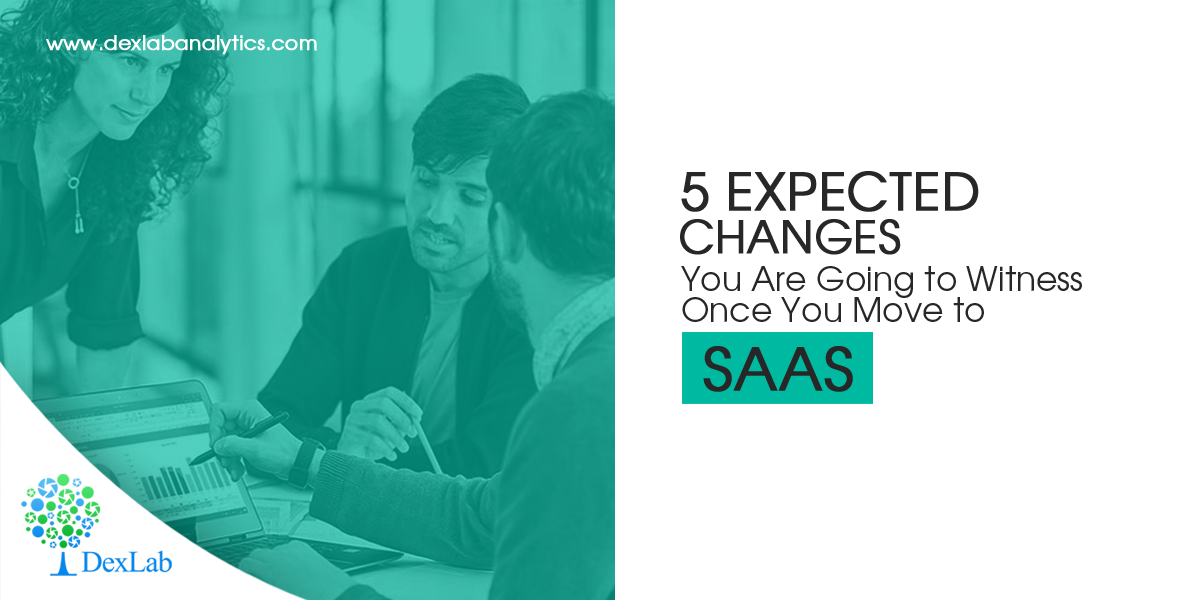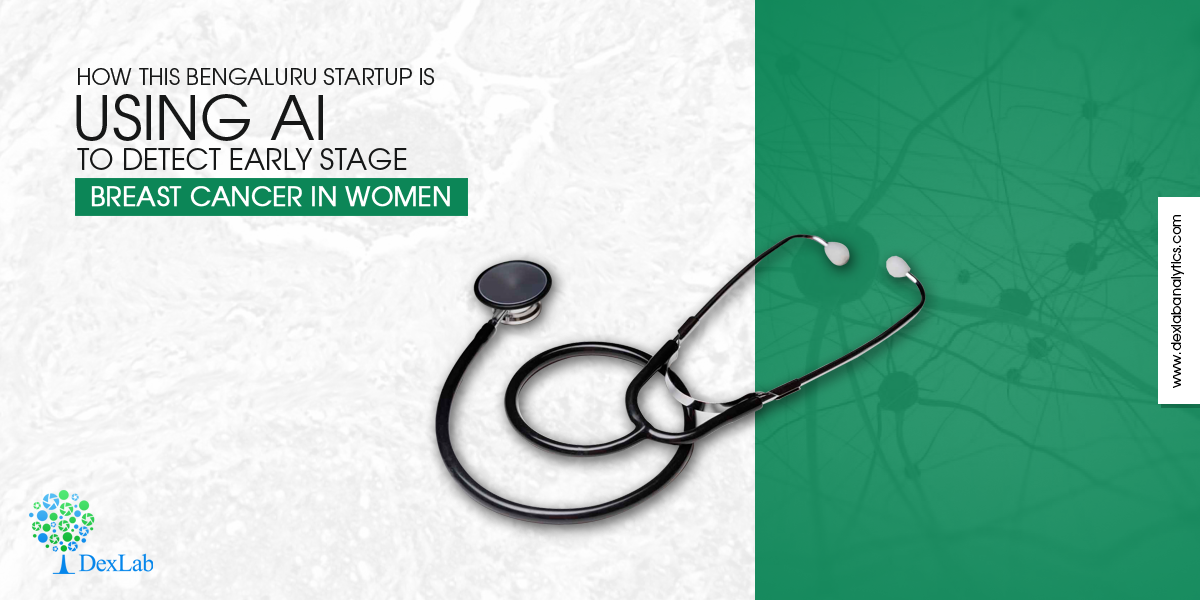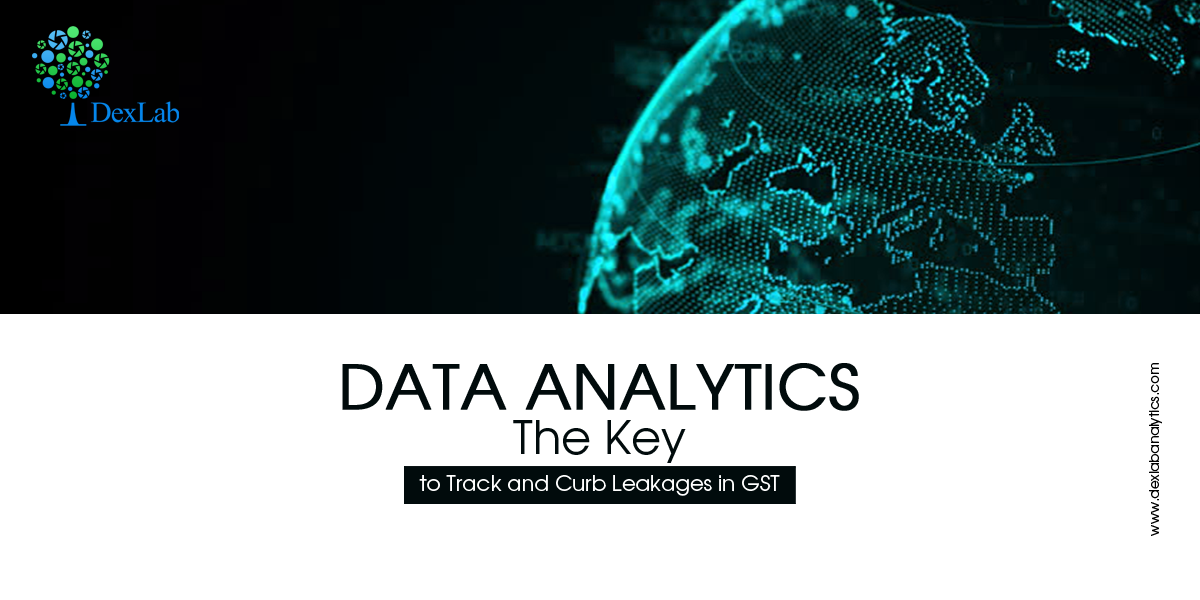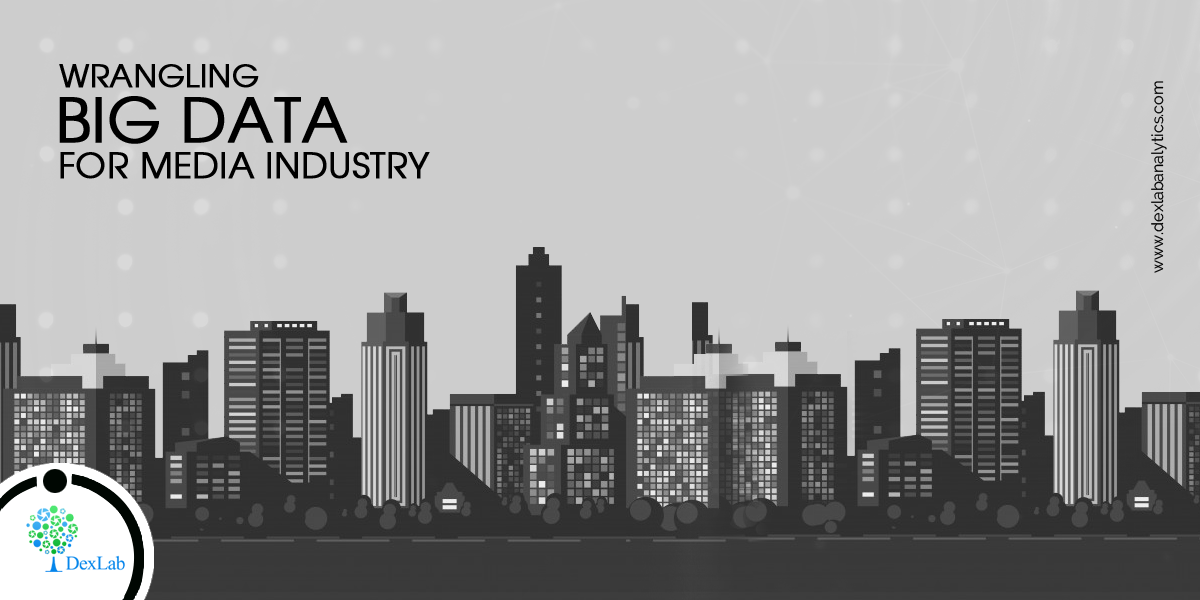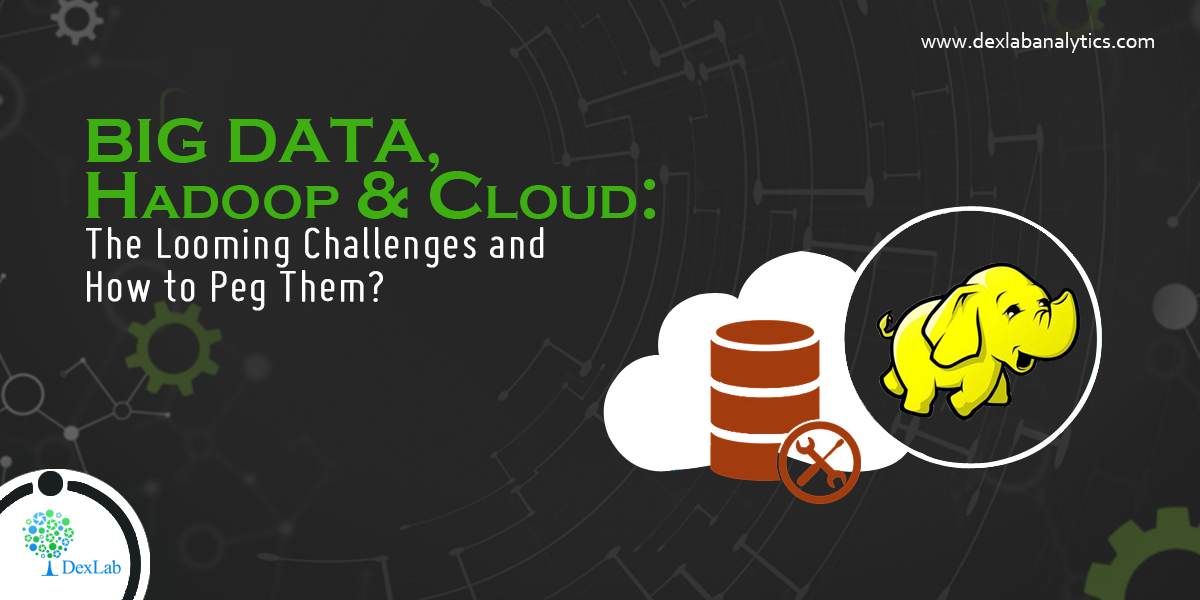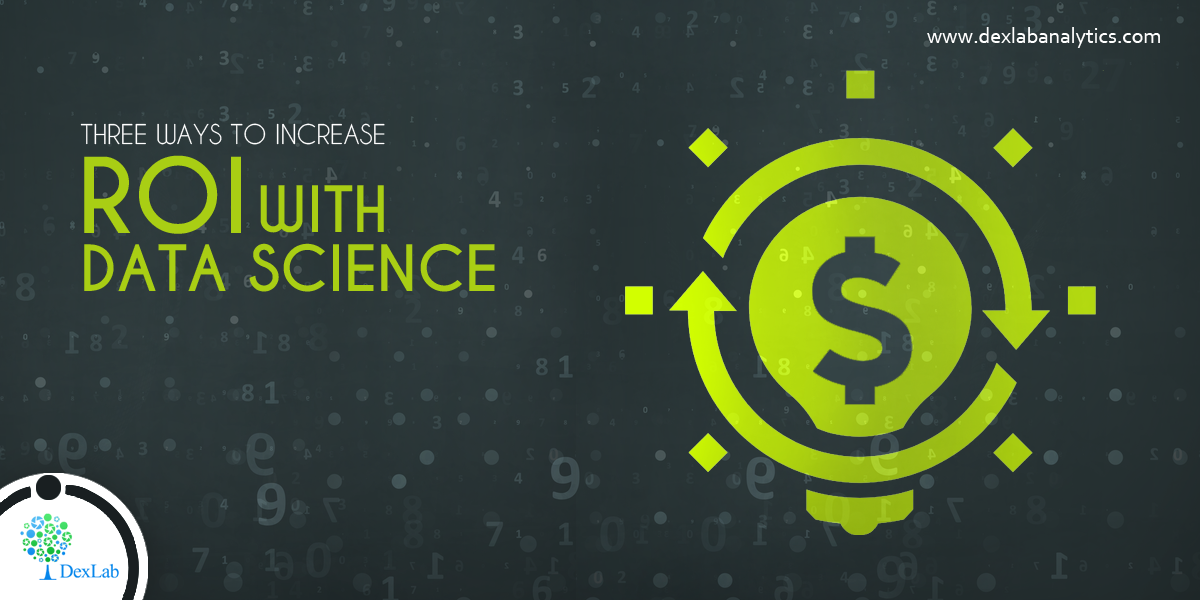Data analytics in India is grabbing attention. Data and analytics, together, they play a key role in delivering business opinions, which are high-yielding and relatively new. At the helm of such robust data analytics growth are leaders from numerous organizations who introspect into data to conjure up decisions as a seamlessly as possible. They are masterminds in the world of data analytics.
Here, we will talk about 4 most influential analytics leaders who acted as pioneers of bringing in newer technologies and life-changing innovations into the field of analytics, machine learning, artificial intelligence and big data across diverse domains.
Debashish Banerjee, Managing Director, Deloitte Analytics
With 17 years and more experience in predictive modeling, data analytics and data science, Mr. Banerjee’s extensive contribution in the fields of actuarial risk, data mining, advanced analytics and predictive modeling in particular is phenomenal. He started his career with GE, and initiated and headed insurance analytics, pricing and reserving team of GE, India – one of the firsts in India.
In 2005, he shifted to Deloitte with a mission to initiate the advanced analytics and modeling practice in India, through which he manages and offers leadership support to the Deloitte Consulting’s Data Science practices that stresses on AI, predictive modeling, big data and cognitive intelligence. He mostly worked in marketing, customer and HR domains.
Kaushik Mitra, Chief Data Officer and Head of Big Data & Digital Analytics, AXA Business Services (ABS)
Experienced for over 25 years in integrating analytics, technology and marketing worldwide, Kaushik Mitra dons a lot many hats. Besides assuming leadership roles for diverse domains, like AI, analytics, data science, business intelligence and modeling, Mr. Mitra is at present involved in driving an array of data innovation coupled with technology restructuring in the enterprise, as well as coordinating GDPR implementation in ABS.
Before joining ABS, he worked with Fidelity Investments in Bangalore, where he played a pivotal role in establishing their data science practice. Armed with a doctorate in Marketing from the US, he is a notable figure in the world of analytics and marketing, along with being a frequent speaker in Indian industry networks, like NASSCOM and other business forums.
Ravi Vijayaraghavan, Vice President, Flipkart
Currently, Ravi Vijayaraghavan and his team are working on how to leverage analytics, data and science to improve decision-making capabilities and influence businesses across diverse areas within Flipkart. Before joining Flipkart, he used to work as Chief Data Scientist and Global Head of the Analytics and Data Sciences Organization at [24]7.ai. It was here that he created, developed, implemented and optimized machine learning and analytics driven solutions. Also, he held important leadership portfolios at Mu Sigma and Ford Motor Company.
Deep Thomas, Chief Data & Analytics Officer, Aditya Birla Group
“Delivering nothing but sustained and rising profitability figures through potent digital transformation and leveraging data, business analytics, multi-disciplinary talent pool and innovative processes” – has been the work mantra of Deep for more than two decades. Being the Chief Data & Analytics Officer for Aditya Birla Group, he spearheads top of the line analytics solutions and frames organization-wide initiatives and tech-induced programs to enhance business growth, efficiencies and productivity within an organization.
Initially, he headed Tata Insights and Quants, the much acclaimed Tata Group’s Big Data and Decision Science Company. Apart from this, he held a variety of leadership positions in MNCs like Citigroup, HSBC and American Express across US and India to boost global digital and business transformation.
This article has been sourced from – https://analyticsindiamag.com/10-most-influential-analytics-leaders-in-india-2018
For more such interesting blogs and updates, follow DexLab Analytics. It’s a premier data science certification institute in Delhi catering to data aspirants. Take a look at their data science courses in Delhi: they are program-centric and nicely curated.
Interested in a career in Data Analyst?
To learn more about Machine Learning Using Python and Spark – click here.
To learn more about Data Analyst with Advanced excel course – click here.
To learn more about Data Analyst with SAS Course – click here.
To learn more about Data Analyst with R Course – click here.
To learn more about Big Data Course – click here.


